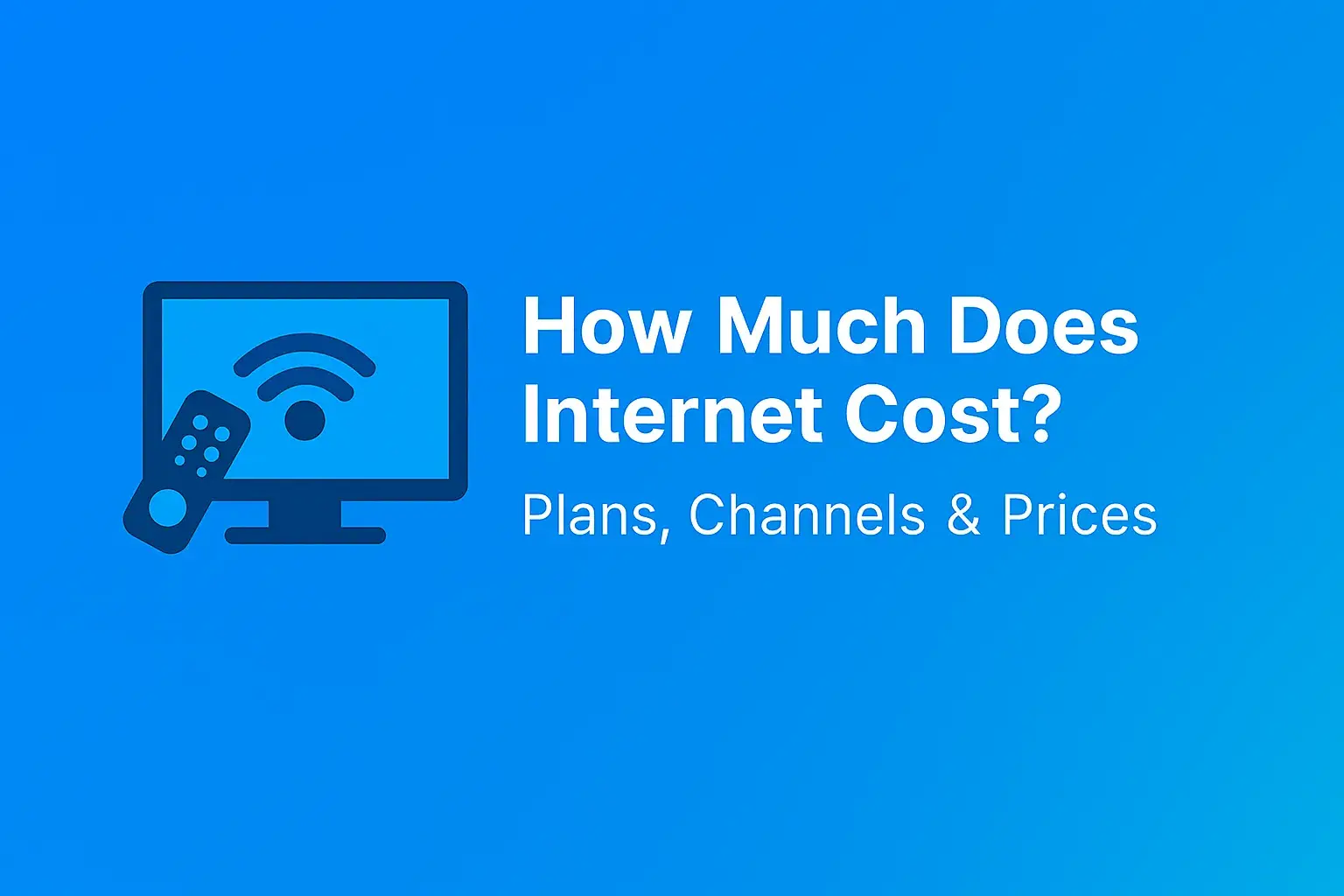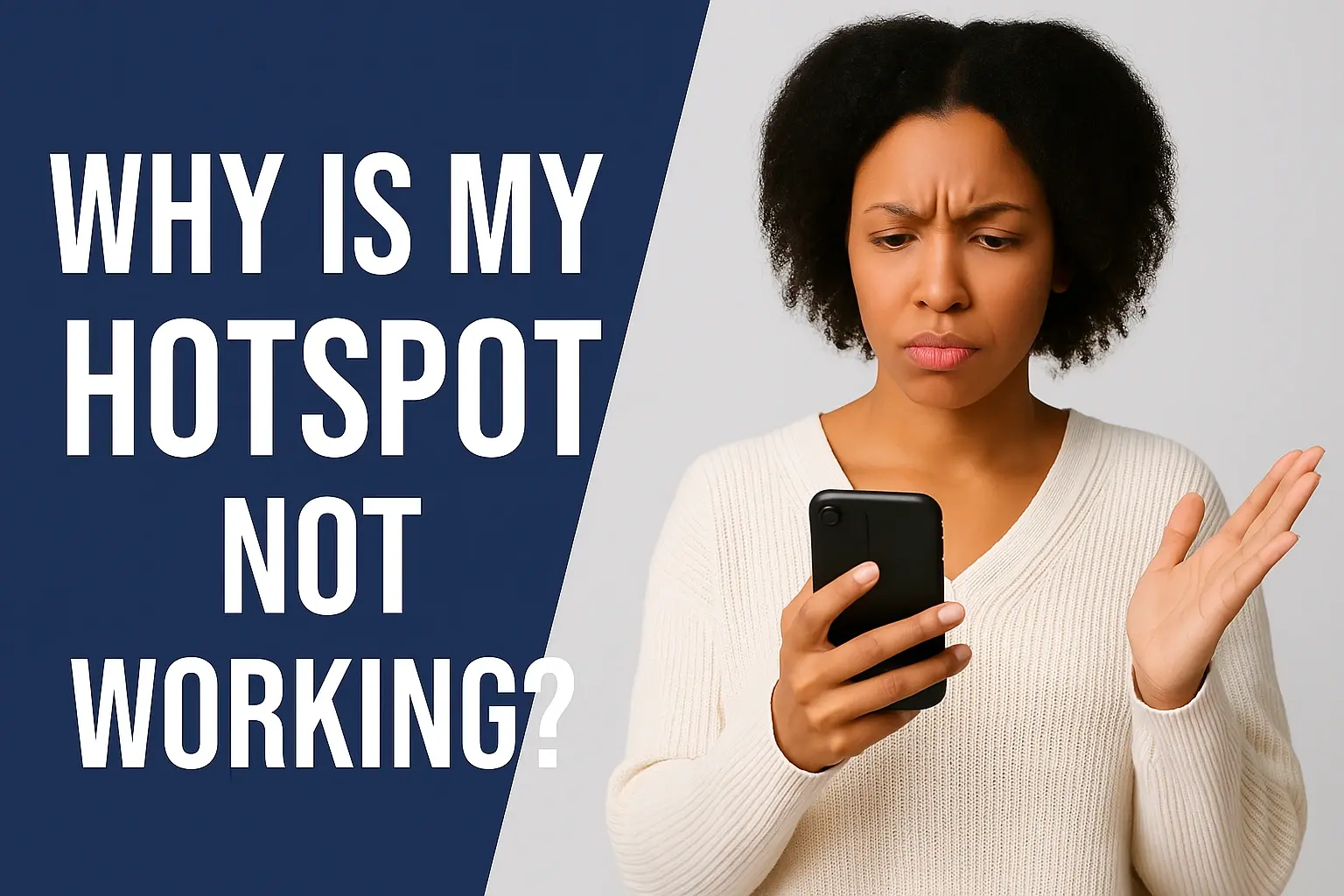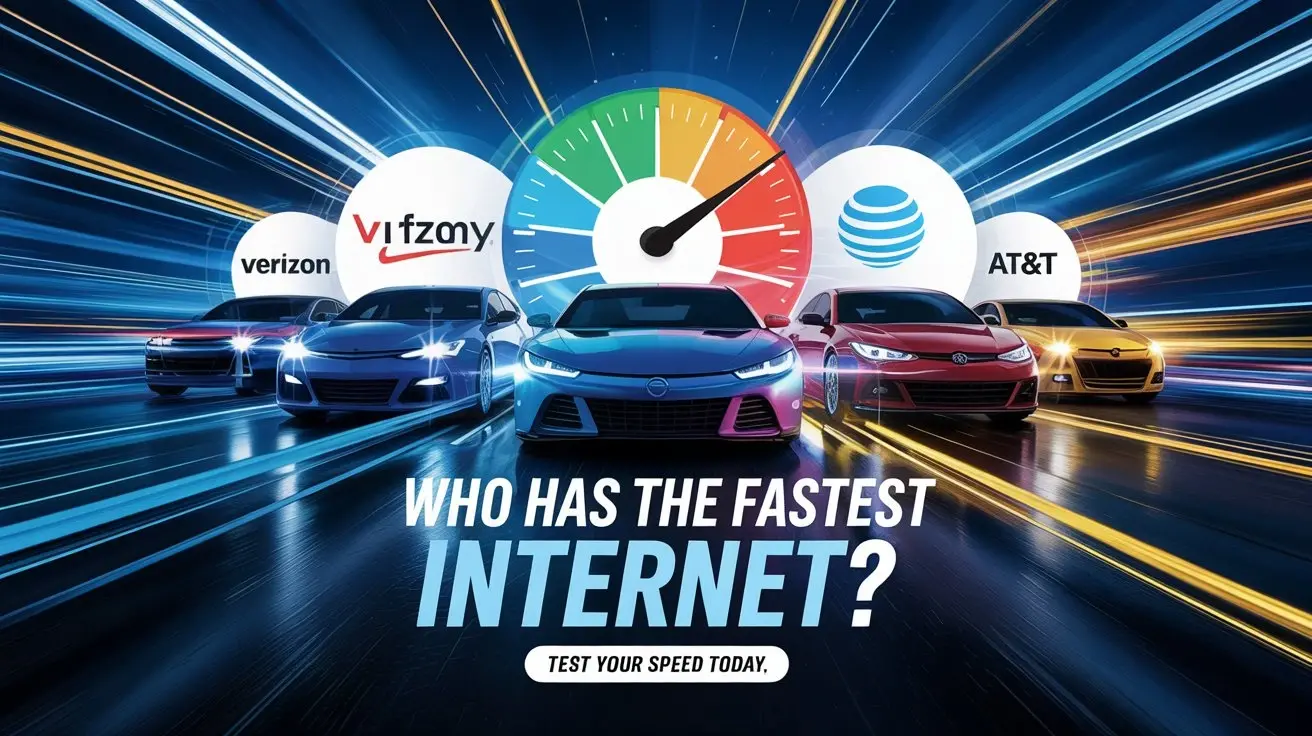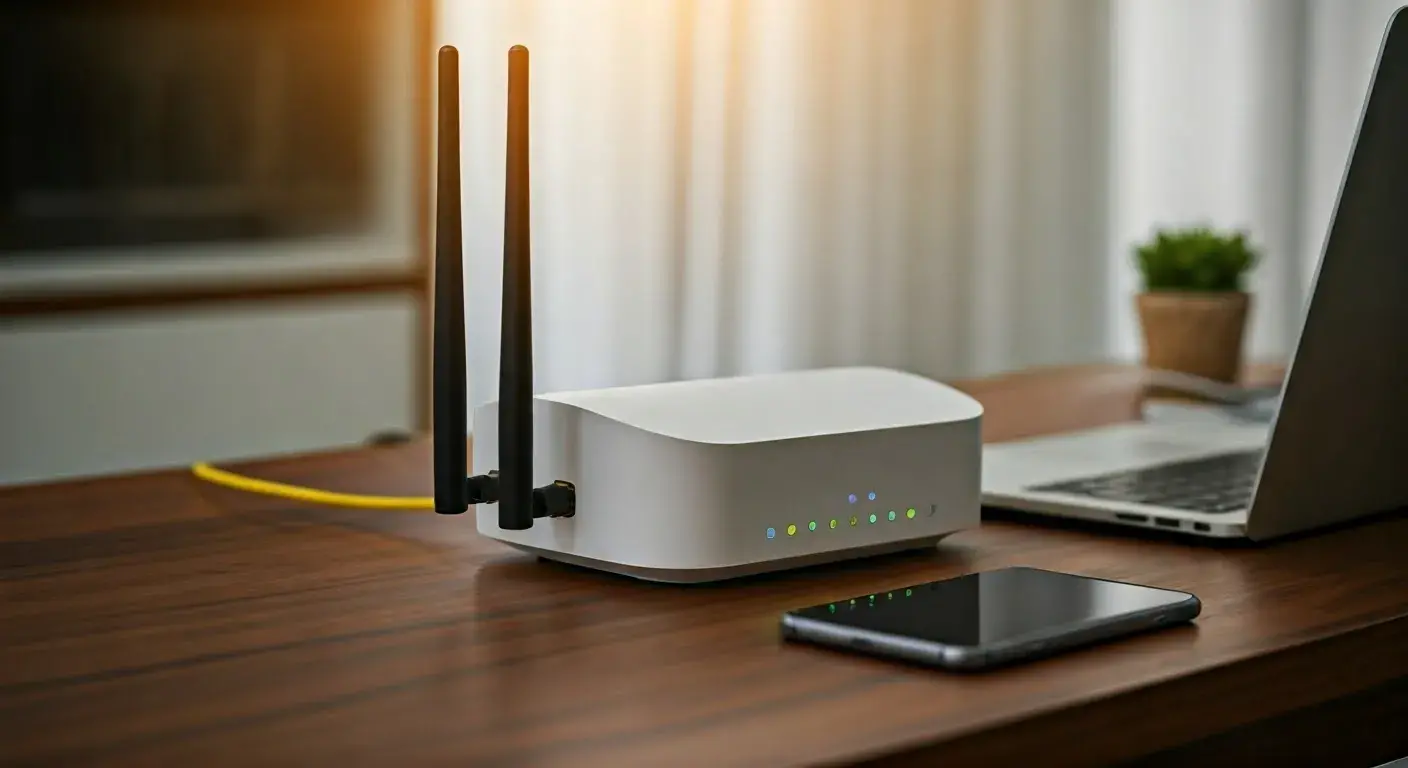What is the Difference Between a Cable Box and Streaming?
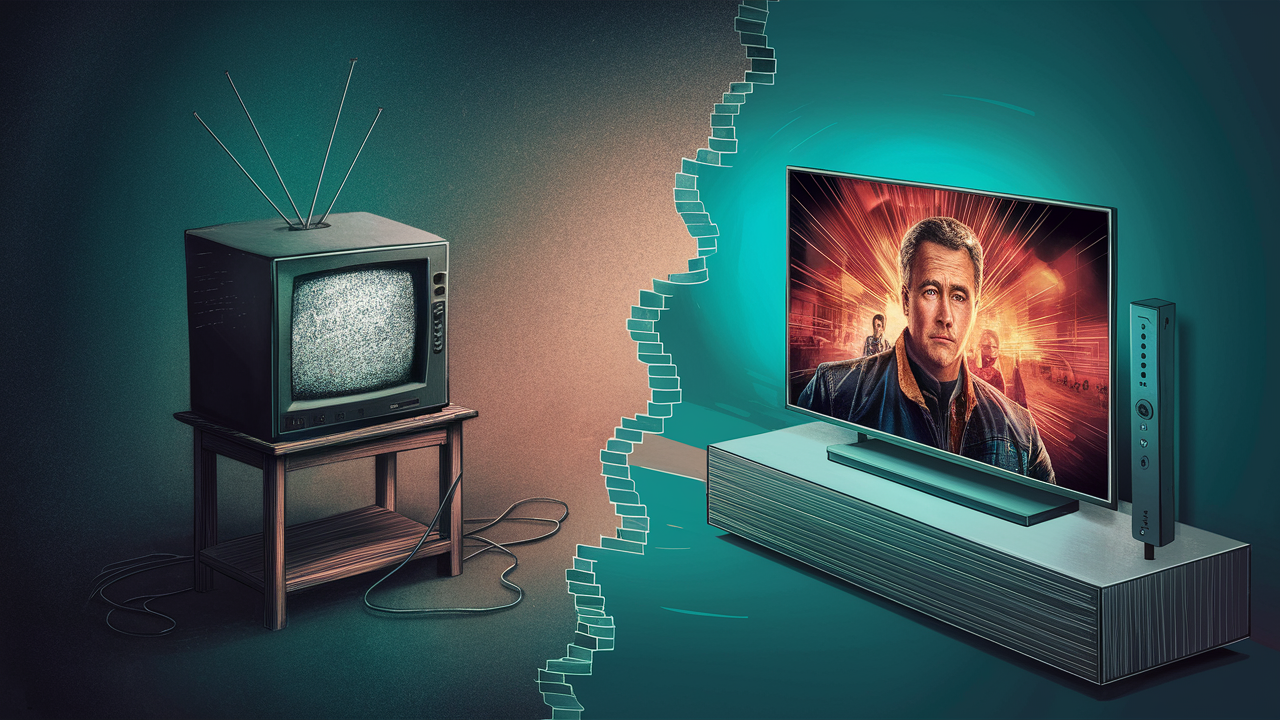
Understanding the distinction between traditional cable boxes and modern streaming services is crucial for navigating today's diverse entertainment landscape. This guide clarifies their core differences, helping you make informed choices for your home viewing.
What is a Cable Box?
A cable box, also known as a set-top box or digital converter box, is a device that receives television signals transmitted via coaxial cable. It decodes these signals and converts them into a format that your television can display. Historically, cable boxes were the primary gateway to accessing a wide range of television channels, including local broadcast networks, premium movie channels, sports networks, and specialized content. They typically require a subscription to a cable television service provider, such as Comcast (Xfinity), Spectrum, or Cox. The service provider installs the cable line to your home and provides the box, which is often rented or leased as part of the subscription package. Cable boxes offer a linear viewing experience, meaning you watch programs as they are broadcast on a schedule, although many modern cable boxes also include features like DVR (Digital Video Recorder) capabilities and on-demand content libraries, blurring the lines slightly with streaming capabilities.
What is Streaming?
Streaming refers to the method of delivering media content – video and audio – over the internet in a continuous flow. Instead of downloading a file to your device entirely before playback, streaming allows you to watch or listen to content as it is being transmitted. This technology powers a vast array of services, including video-on-demand platforms like Netflix, Hulu, Disney+, Amazon Prime Video, and HBO Max, as well as live TV streaming services that offer channels without a traditional cable subscription, such as YouTube TV, Sling TV, and FuboTV. To stream content, you need a stable internet connection and a compatible device, which can range from smart TVs and streaming sticks (like Roku or Amazon Fire Stick) to computers, tablets, and smartphones. Streaming services are typically subscription-based, with various tiers offering different content libraries and features. The key characteristic of streaming is its on-demand nature and the ability to watch content whenever and wherever you choose, provided you have internet access.
Key Differences Explained
While both cable boxes and streaming services deliver entertainment to your living room, their underlying technologies, delivery methods, and user experiences are fundamentally different. Understanding these distinctions is key to choosing the right entertainment solution for your household.
Content Delivery and Access
The most significant divergence lies in how content reaches your screen. Cable boxes rely on a physical infrastructure: coaxial cables laid by cable companies. Signals are broadcast over this network to your home, and the cable box acts as a decoder. Access is typically bundled into packages, offering a fixed set of channels that are broadcast on a schedule. You tune into a specific channel at a specific time to watch a program. While DVRs allow some time-shifting, the primary mode is linear broadcast. On the other hand, streaming services deliver content digitally over the internet. This means content is accessed on-demand, whenever the user chooses. Instead of tuning into a channel, you select a specific show or movie from a digital library. This offers unparalleled flexibility and control over your viewing.
Technology and Infrastructure
Cable television operates on a one-way or two-way coaxial cable network. Older systems were primarily one-way, delivering signals to the box. Modern cable systems, especially those offering internet and phone bundles (often called "triple play"), utilize two-way communication, enabling features like on-demand content and DVR functionality. The infrastructure is proprietary to the cable company. Streaming, conversely, is entirely internet-dependent. It leverages the public internet infrastructure, using protocols like HTTP Live Streaming (HLS) or Dynamic Adaptive Streaming over HTTP (DASH) to deliver content. This means the quality and availability of streaming can be influenced by your internet service provider (ISP) and the overall internet traffic. Smart TVs, streaming devices, and apps are the primary hardware interfaces for streaming.
Cost and Billing Models
Cable services traditionally involve monthly subscription fees for packages of channels. These packages can be extensive and expensive, often with hidden fees, equipment rental charges, and long-term contracts. Prices for comprehensive cable packages in 2025 can range from $70 to over $200 per month, depending on the channels included and any premium add-ons. Equipment rental fees for cable boxes can add an extra $10-$20 per month. Streaming services generally offer a more à la carte approach. Users subscribe to individual services, paying monthly fees that are typically lower than cable packages. For example, Netflix's standard plan might be around $15.49/month, Hulu around $17.99/month (with ads), and Disney+ around $13.99/month (ad-free). Users can mix and match services to create a custom entertainment bundle, often referred to as "cord-cutting." Bundles of streaming services are also becoming common, with providers like Disney offering bundles of Disney+, Hulu, and ESPN+ for around $14.99/month. The ability to cancel or switch services easily provides greater financial flexibility.
User Experience and Control
The user experience with a cable box is largely dictated by the provider's interface and the linear nature of broadcast television. While modern interfaces have improved, they can still feel clunky compared to the intuitive, app-based interfaces of streaming services. With a cable box, you are often limited to scheduled programming, though DVRs offer some control. Streaming services provide a highly personalized and interactive experience. Users can create profiles, receive recommendations based on viewing history, pause, rewind, and fast-forward content at will. The ability to binge-watch entire seasons of shows without interruption is a hallmark of streaming. Search functions are typically more robust, allowing users to find specific titles quickly across multiple subscribed services.
Content Library and Selection
Cable boxes provide access to a predetermined set of channels, which can be extensive but also include a lot of content you might not watch. The content is curated by the cable provider and the channels themselves. Streaming services offer vast, on-demand libraries of movies, TV shows, documentaries, and original content. Each service has its own exclusive library, meaning you might need multiple subscriptions to access all the content you desire. For instance, Netflix is known for its original series and films, while Disney+ is the home for Marvel, Star Wars, and Pixar content. Live TV streaming services aim to replicate the cable channel lineup, offering access to many of the same broadcast and cable channels but delivered over the internet.
Internet Dependency
Cable boxes are primarily dependent on the cable company's infrastructure and do not require a home internet connection to function for basic TV viewing. However, advanced features like on-demand and DVR functionality may require a broadband connection from the same provider. Streaming services are entirely reliant on a stable and sufficiently fast internet connection. Without internet, streaming is impossible. The recommended internet speed for streaming varies by quality; for standard definition (SD), 3 Mbps is usually sufficient, for high definition (HD), 5 Mbps is recommended, and for 4K Ultra HD, 25 Mbps or higher is advised. In 2025, with the prevalence of HD and 4K content, a robust internet connection is non-negotiable for a good streaming experience. Issues like buffering or pixelation are often directly attributable to internet speed or stability problems.
Cable Box: Pros and Cons
Cable boxes have been the backbone of home entertainment for decades, and despite the rise of streaming, they still hold appeal for certain users. Understanding their advantages and disadvantages is crucial for a balanced perspective.
Cable Box: Advantages
- No Internet Required for Basic Viewing: For traditional linear TV channels, a cable box functions without a home internet connection, making it a reliable option in areas with poor or no internet service.
- Bundled Services: Cable providers often bundle TV, internet, and phone services, which can sometimes be more cost-effective than subscribing to each service separately from different providers.
- Familiar Interface: Many users are accustomed to the channel guide and navigation of cable boxes, making the transition to new technologies less appealing.
- Live Sports and Events: For live sports enthusiasts, cable still offers a consistent and often higher-quality broadcast experience for major events, with less reliance on internet bandwidth which can sometimes lead to lag or buffering during peak times.
- DVR Functionality: Many modern cable boxes include built-in DVRs, allowing users to record live TV and watch it later, offering a level of convenience for scheduled programming.
- Professional Installation and Support: Cable companies provide professional installation and customer support, which can be beneficial for those who prefer not to deal with technical setup themselves.
Cable Box: Disadvantages
- High Cost: Cable packages are notoriously expensive, with monthly bills often exceeding $100-$200, especially for premium channels and bundles.
- Long-Term Contracts: Many cable providers require customers to sign long-term contracts (1-2 years), which can lead to penalties for early termination.
- Limited On-Demand Content: While on-demand libraries exist, they are often less extensive and curated compared to streaming services.
- Clunky Interface: The user interface of many cable boxes can be outdated and less intuitive than modern streaming apps.
- Equipment Rental Fees: Cable companies typically charge monthly fees for renting the cable box and modem, adding to the overall cost.
- Less Flexibility: Users are tied to the channels and packages they subscribe to, with less ability to customize their viewing experience without significant price increases.
- Inflexibility in Viewing Times: Primarily linear viewing means you watch what's on, when it's on, unless you utilize DVR features.
Streaming: Pros and Cons
Streaming has revolutionized home entertainment, offering unparalleled choice and convenience. However, it also comes with its own set of considerations.
Streaming: Advantages
- Cost-Effectiveness: By subscribing only to the services you want, you can often build a personalized entertainment package for significantly less than a traditional cable bill. For example, a bundle of Netflix, Hulu (with ads), and Disney+ costs around $30-$40 per month.
- Vast Content Libraries: Streaming services offer enormous libraries of on-demand movies, TV shows, documentaries, and exclusive original content that is constantly updated.
- On-Demand Viewing: Watch what you want, when you want, without being tied to a broadcast schedule. Pause, rewind, and fast-forward as you please.
- Flexibility and Portability: Access your content on various devices (smart TVs, phones, tablets, computers) and even on the go with many services offering offline downloads.
- No Long-Term Contracts: Most streaming services are month-to-month, allowing you to cancel or switch subscriptions at any time without penalty.
- Personalization: Features like user profiles, personalized recommendations, and watchlists enhance the viewing experience.
- Cutting the Cord: Streaming allows you to completely ditch traditional cable TV and its associated costs and contracts.
Streaming: Disadvantages
- Internet Dependency: A stable, high-speed internet connection is essential. Without it, streaming is impossible, and poor connections lead to buffering and reduced quality.
- Potential for Multiple Subscriptions: To access a wide variety of content, you may need to subscribe to several different services, which can add up. For instance, accessing HBO Max, Netflix, and Apple TV+ might cost upwards of $50-$60 per month.
- Buffering and Quality Issues: Streaming quality is directly tied to internet speed and network congestion. During peak hours or with a slow connection, you might experience buffering or lower video resolution.
- Ad-Supported Tiers: Many services offer cheaper, ad-supported plans, which can interrupt the viewing experience.
- Live TV Limitations: While live TV streaming services exist, they may not carry every local channel or regional sports network available on traditional cable.
- Content Availability Changes: Licensing agreements mean content can be added or removed from streaming libraries without much notice.
- Discovery Challenges: With so many services and titles, finding something to watch can sometimes feel overwhelming.
Making the Choice for You
Deciding between a cable box and streaming services, or a combination of both, depends heavily on your individual needs, preferences, and circumstances. There's no one-size-fits-all answer, but by considering a few key factors, you can make the most informed decision.
Consider Your Viewing Habits
How do you typically watch TV? If you enjoy watching live sports, news, or specific scheduled programs as they air, a cable box or a live TV streaming service might be more suitable. If you prefer to watch entire seasons of shows at your own pace, binge-watch movies, or catch up on missed episodes whenever it's convenient, streaming services offer unparalleled flexibility. Think about whether you're a casual viewer who tunes in for a few hours a week or a dedicated enthusiast who wants access to a vast library of content. For families with diverse viewing interests, streaming allows each member to have their own profile and recommendations, catering to individual tastes more effectively than a shared cable lineup.
Evaluate Your Budget
What is your entertainment budget? Traditional cable packages are often the most expensive option, especially when you factor in premium channels, sports packages, and equipment rental fees. In 2025, the average cable bill can easily reach $150-$200 per month. Streaming services, while requiring multiple subscriptions for comprehensive access, can often be managed for $50-$100 per month, depending on the services chosen. For example, a core set of streaming services like Netflix, Hulu, and Disney+ might cost around $40-$50 monthly. If cost is a primary concern, carefully compare the total monthly expenditure of different streaming bundles against a comparable cable package. Remember to factor in potential price increases for both cable and streaming services over time.
Assess Your Internet Setup
What is your internet situation? Streaming is entirely dependent on a reliable internet connection. If your internet service is slow, unstable, or expensive, streaming may not be a viable primary option. Cable boxes, on the other hand, can function for basic TV viewing without internet. However, if you plan to use smart features on your TV or streaming devices, or if your cable provider offers on-demand services, an internet connection will be necessary. For streaming, ensure your internet plan meets the recommended speeds for HD or 4K content. Many ISPs offer bundles that include TV and internet, which might be a good compromise if you need both services.
Explore Hybrid Solutions
It's increasingly common for households to adopt a hybrid approach. This might involve keeping a basic cable package for live news and sports, while supplementing it with streaming subscriptions for on-demand content and original series. Alternatively, one could opt for a live TV streaming service that mimics a cable lineup but is delivered over the internet, combined with additional niche streaming subscriptions. For instance, a user might subscribe to YouTube TV ($72.99/month in 2025) for a broad channel selection and then add Netflix ($15.49/month) for exclusive shows. This approach allows for customization and can often be more cost-effective than a premium cable package. Many people find that by carefully selecting their streaming services and perhaps downgrading their cable to a more basic tier, they can achieve significant savings while still having access to all the content they want.
The Future of Home Entertainment
The landscape of home entertainment is in constant flux, with streaming services continuing to innovate and cable providers adapting to remain competitive. We're seeing a convergence of technologies, where traditional cable companies are not only offering internet services but also developing their own streaming apps and platforms. Conversely, live TV streaming services are expanding their channel offerings and improving their user interfaces to better replicate the traditional cable experience. The trend towards personalized, on-demand content is undeniable, and it's likely that streaming will continue to grow in popularity. However, for certain demographics and specific use cases, such as live sports or areas with limited internet infrastructure, cable television will likely persist for some time. The future is likely to be a blend of both, with consumers having more choices than ever to tailor their entertainment experience to their exact needs and budgets. As technology advances, we can expect even more seamless integration, higher quality streaming, and a wider array of content choices available at our fingertips.
In conclusion, the difference between a cable box and streaming boils down to delivery method, access, and user control. Cable boxes rely on physical cable infrastructure for scheduled broadcasts, while streaming utilizes the internet for on-demand digital content. While cable offers a familiar, sometimes internet-free experience, streaming provides unparalleled flexibility, vast libraries, and often a more cost-effective solution for personalized entertainment. By carefully assessing your viewing habits, budget, and internet capabilities, you can confidently choose the entertainment solution that best suits your household in 2025 and beyond.
